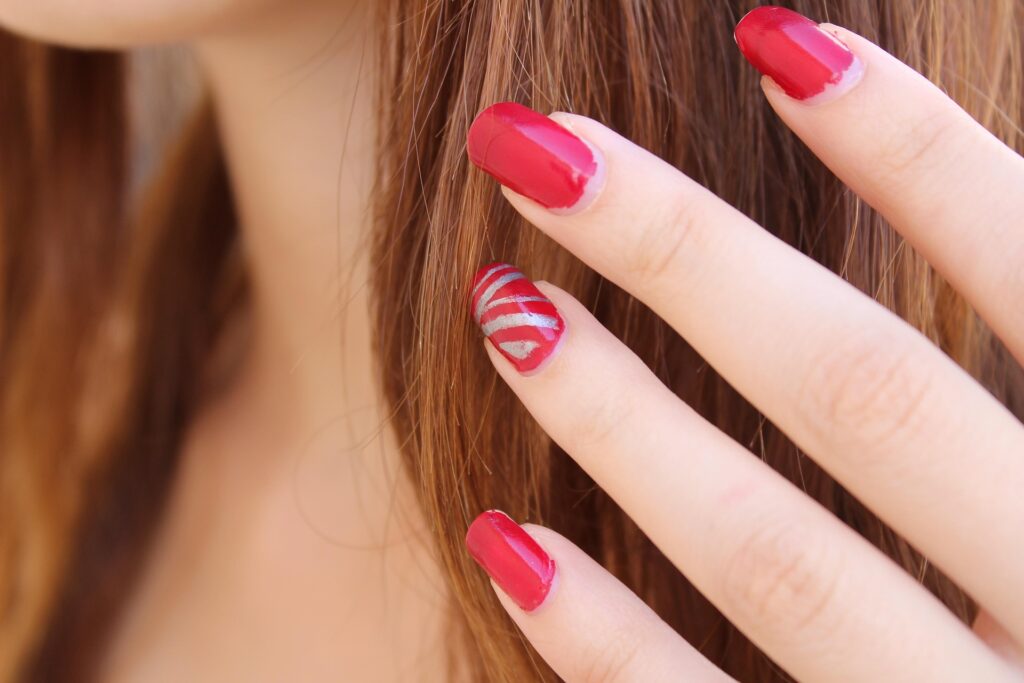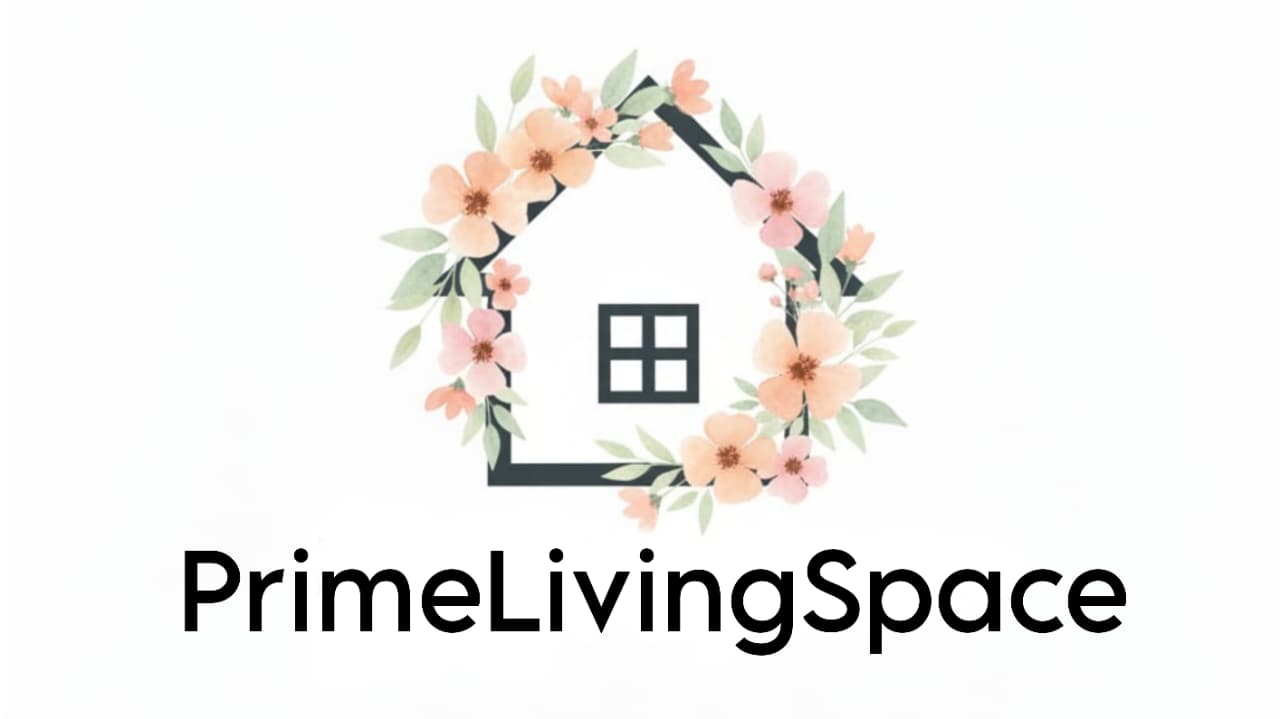
If you’ve been curious about Pantagonar, here’s the short version: it’s a supplement marketed for stronger hair, healthier nails, and better energy. The idea sounds appealing, but there’s one big issue—there’s little solid clinical research proving its effectiveness.
On average, most users take it for several months before seeing results, and experiences vary widely. If you’re looking for a hair supplement, Pantagonar may help, but it’s worth comparing it carefully with more established options like Pantogar or biotin-based treatments.
What Is Pantagonar?
Pantagonar is marketed as a nutritional supplement designed to support:
- Hair growth and thickness
- Nail strength and durability
- Energy, recovery, and overall vitality
The product is being sold online through various retailers, wellness blogs, and health stores. Many sites describe it as a “new generation” formula for people experiencing hair thinning, brittle nails, or fatigue.
But here’s the key question: what’s really inside these capsules, and does it work? Let’s break it down.
Pantagonar Ingredients: What’s Actually Inside?
The full ingredient list isn’t always easy to find, which is a red flag in itself. Based on available product pages, Pantagonar typically includes a mix of vitamins, amino acids, minerals, and plant extracts. Commonly listed components include:
- Biotin (Vitamin B7): Known as the “hair vitamin,” often used in hair and nail supplements.
- Cystine & Keratin-supporting amino acids: Help strengthen hair structure.
- B-Vitamins (B1, B6, B12): Important for energy metabolism and cell growth.
- Minerals (Zinc, Calcium, Magnesium): Essential for hair follicle and nail health.
- Herbal extracts & antioxidants (varies): Marketed for added vitality.
What research says
- Biotin: Helps in people with true biotin deficiency, but evidence for general hair loss is limited.
- Cystine: Some clinical support when combined with other vitamins/minerals.
- Zinc & B-vitamins: Deficiency can worsen shedding, but extra supplementation doesn’t always equal faster growth.
The main gap: Pantagonar hasn’t published clear, peer-reviewed studies showing its specific formula works. The science is about individual ingredients, not the exact product.
Clinical Evidence: Is Pantagonar Proven to Work?
Here’s the truth—when you search PubMed or ClinicalTrials.gov, you won’t find published clinical trials for Pantagonar specifically.
That doesn’t mean it can’t work; it means its effectiveness hasn’t been formally tested or proven in independent studies.
Instead, much of the marketing relies on:
- Ingredient-level evidence (e.g., biotin studies).
- Comparisons with Pantogar, a similar but more established supplement.
- Testimonials and user reviews rather than peer-reviewed trials.
What this means for you: If you want something with a track record in dermatology studies, Pantogar has more documented history than Pantagonar.
Safety, Side Effects & Interactions
Because Pantagonar is a supplement, it doesn’t go through the same strict approval process as prescription drugs.
Possible Side Effects
- Mild digestive upset (nausea, bloating).
- Headaches (rare, linked to B-vitamin excess).
- Skin reactions (possible if sensitive to additives).
Interactions
- May interfere with thyroid medication absorption.
- High doses of B6 or B12 can interact with certain neurological medications.
- Always check if you’re on anticoagulants or hormonal treatments.
Pro tip: If you’re pregnant, nursing, or on prescription medication, consult your doctor before starting Pantagonar.
Pantagonar vs. Pantogar vs. Other Options
| Product | Main Ingredients | Evidence | Pros | Cons |
| Pantagonar | Biotin, cystine, B-vitamins, minerals | Limited direct studies | New formula, marketed for vitality | Lack of published trials, unclear dosing |
| Pantogar | Keratin, cystine, B-vitamins, calcium | Backed by dermatology studies | Documented hair growth support | Pricier, requires long-term use |
| Biotin-only Supplements | Biotin (B7) | Helps in deficiency cases | Widely available, affordable | Limited benefit if you’re not deficient |
| Topical Minoxidil | Vasodilator | Strongest evidence for hair regrowth | Clinically proven | Can cause scalp irritation, shedding phase |
Bottom line: Pantagonar looks like a “new kid on the block” compared to Pantogar, which has decades of research behind it.
What Real Users Say About Pantagonar
User reviews online are mixed:
- Some report thicker hair after 3–4 months.
- Others notice stronger nails but little change in hair shedding.
- A few mention no results even after 6 months.
One recurring theme? Patience is required. Most people only see changes after consistent use for several months.
How to Buy Pantagonar Safely
Because it’s sold mostly online, counterfeit or low-quality versions can circulate. To stay safe:
- Buy only from trusted pharmacies or official retailers.
- Check the packaging for a lot number and manufacturer details.
- Be wary of websites with vague contact info or overly aggressive claims.
Expert Insights: What Professionals Think
- Dermatologists often stress that supplements like Pantagonar may help if you’re deficient, but aren’t a magic bullet.
- Pharmacists emphasize checking for interactions and choosing products with third-party testing.
- Nutritionists recommend pairing supplements with a nutrient-rich diet for better results.
Practical Guidance for Families & Individuals
- Expect at least 3 months before judging results.
- Track progress with photos or notes (hair thickness, shedding).
- Consider pairing Pantagonar with lifestyle changes: balanced diet, stress management, scalp care.
- If there are no results after 6 months, talk to a dermatologist about alternatives.
Pantagonar FAQ
Is Pantagonar clinically proven?
No. There are no peer-reviewed trials on the exact product yet.
How long before I see results?
Most users say 3–6 months of consistent use.
Are there side effects?
Some report mild digestive upset or skin reactions, but most tolerate it well.
Can I take it with other supplements?
Yes, but avoid doubling up on high-dose biotin or B-vitamins.
How is Pantagonar different from Pantogar?
Pantogar has a longer track record in dermatology studies, while Pantagonar is newer and less documented.
Conclusion: Is Pantagonar Worth Trying?
Pantagonar may offer some support for hair, nails, and energy, but the lack of clinical trials means you should approach with realistic expectations.
If you’re dealing with serious hair loss, consult a dermatologist first. If you’re looking for a general supplement and want to try Pantagonar, use it consistently, track your results, and make sure you buy from a trusted source.
At the end of the day, no capsule replaces a healthy diet, stress management, and medical advice—but Pantagonar could play a supportive role for some people.
Related Content:
HomeAide Home Care: A Complete Guide to In-Home Support for Seniors and Families
Home Gym Meteorology Shop Secrets: Why Fitnara Could Change Your Fitness Routine



